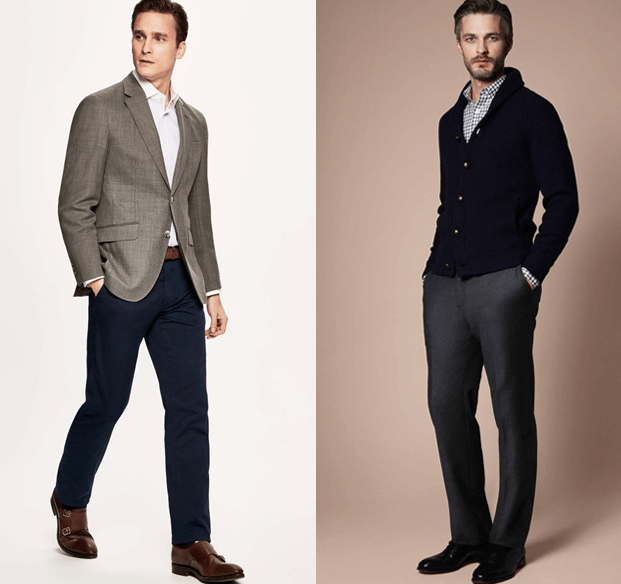In today’s dynamic business landscape, the traditional boundaries of professional attire have evolved. The conventional suit-and-tie culture is gradually making way for the more versatile and contemporary concept of business casual. This shift is not just in clothing; it reflects a broader transformation in the way we perceive and conduct business.
Embracing Comfort without Sacrificing Professionalism
The essence of business casual lies in the delicate balance between comfort and professionalism. It’s about choosing attire that allows for a more relaxed and approachable Mnweekly.com appearance while still maintaining a polished and put-together look. This shift in dress code is not merely a fashion statement; it’s a strategic move that fosters a conducive and inclusive work environment.
Adaptability in the Modern Workplace
In the fast-paced world of startups and tech-driven enterprises, the rigid formality of traditional business attire can be a hindrance to creativity and innovation. Business casual, on the other hand, encourages a more open and collaborative atmosphere. Employees feel more at ease expressing their ideas, leading to increased teamwork and a more vibrant workplace culture.
Moreover, the adaptability of business casual attire makes it suitable for a variety of professional settings. Whether attending a client meeting, a casual brainstorming session, or a networking event, individuals can effortlessly transition from one context to another, all while maintaining a professional image.
Building a Brand Image
Your clothing choices can significantly impact the way others perceive your brand or business. Business casual attire is not just about comfort; it’s a strategic branding tool. Companies that embrace a business casual dress code project an image of modernity, flexibility, and employee-centric values.
Attracting Top Talent
In the competitive job market, attracting and retaining top talent is crucial for a company’s success. A business casual dress code is an attractive perk for prospective employees. It sends a signal that the organization values a healthy work-life balance and prioritizes employee well-being.
The relaxed dress code also contributes to a more inclusive workplace culture, where individuals from diverse backgrounds feel accepted and appreciated. This inclusivity fosters creativity and collaboration, making the company a magnet for innovative minds.
Navigating the Dos and Don’ts of Business Casual
While the concept of business casual offers more flexibility, it’s essential to navigate its nuances carefully. Here are some dos and don’ts to keep in mind:
Dos
- Know Your Company Culture: Understand the expectations and guidelines set by your organization regarding business casual attire. Different companies may have varying definitions of what is acceptable.
- Focus on Neatness: Even in a more relaxed setting, ensure that your clothing is clean, well-fitted, and free of wrinkles. This attention to detail conveys professionalism.
- Accessorize Strategically: Use accessories to add a touch of personality to your outfit. However, be mindful not to go overboard. Subtle accessories can enhance your look without being distracting.
Don’ts
- Avoid Overly Casual Items: While the dress code is more relaxed, it’s crucial to strike a balance. Avoid clothing that is too casual, such as ripped jeans, flip-flops, or overly revealing attire.
- Limit the Use of Strong Fragrances: Strong scents can be overwhelming in a professional setting. Opt for subtle fragrances to maintain a pleasant work environment.
- Keep Tattoos and Piercings in Check: While many workplaces are becoming more accepting of visible tattoos and piercings, it’s essential to be mindful of your company’s culture. Ensure that your choices align with the organization’s values.
Conclusion
In conclusion, the adoption of a business casual dress code signifies more than just a shift in fashion trends. It reflects a dynamic and progressive approach to work culture—one that values individual expression, fosters collaboration, and attracts top talent.
Remember, the key to successful implementation lies in finding the right balance between professionalism and comfort. By embracing the power of business casual, organizations can create a workplace that not only survives but thrives in the ever-evolving landscape of modern business.

